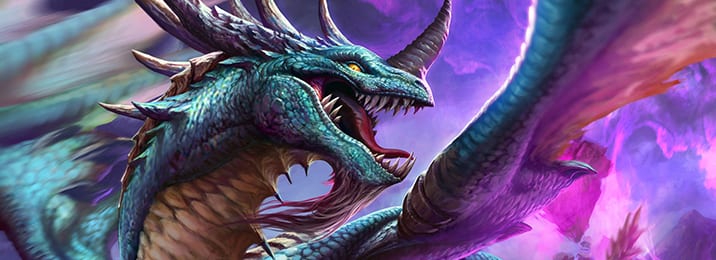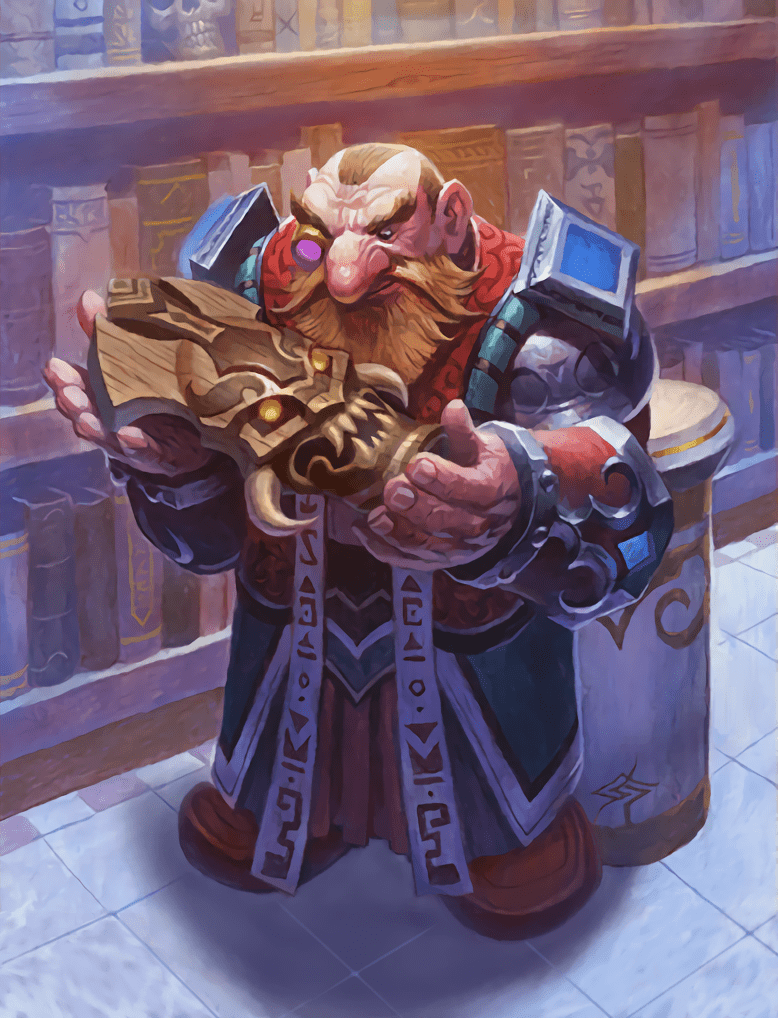
Card Advantage Mechanics – A Quick Analysis
by OtakuMZ - 7 years ago show comments
Introduction
Accumulating card advantage is one of the most powerful game mechanics in Hearthstone and other card games. Increasing your hand size is achieved by either drawing cards from your deck or generating new ones from outside of your 30 card composition. In comparison to other TCG, Hearthstone has moderate cost for card advantage effects. Adding up the consistent mana gain each turn in contrast to other CCGs like Magic the Gathering, card advantage proofs to be even more powerful. More cards result in more possibilities to answer your opponent and/or more damage you can dish out.
In the past, outside of alpha and beta, cards that gained card advantage were the second biggest focus of nerfs. Even heavier struck by the nerf bat were only cards that provided uncounterable burst damage resulting in ‘unfun and un-interactive’ games. The most memorable nerfs regarding card draw were the Starving Buzzard (and Unleash the Hounds) as well as Ancient of Lore.
Card Draw and Card Generation: Mechanics explained
There are different ways to increase the number of cards in your hand.
Draw: Card draw is literally drawing cards from the top your deck (e.g. Arcane Intellect) whereas the discover and add mechanic generate – collectible or uncollectable – cards from outside your played composition.
Discover: Discovering cards will present you a selection of three different random cards (e.g. Ethereal Conjurer). You can only discover neutral cards or cards from your class or gang. Class and Tri-Class cards have a four times higher chance of being discovered.
Add: The add mechanic does not present you any choice but adds either random, specific or cards from a restricted card pool to your hand (e.g. Thoughtsteal, Nefarian).
All of the three mechanics can be conditional or unconditional (e.g., Sprint or Drakonid Operative respectively). They can be in the form of a spell or a minion with a Battlecry, Deathrattle, or an Aura (e.g. Novice Engineer, Loot Hoarder, and Cult Master respectively).
As with all other cards in Hearthstone, the ones that increase your hand are either neutral, class or tri-class, as well as being either a spell or a minion.
As of now (January 2017), there are 895 cards in Standard and 1052 in Wild. This means that more than 12% and 11.5% respectively revolve around getting cards. The distribution of those regarding the draw card advantage mechanic and further categories are displayed in below table.
| Category | Standard | Wild |
| Collectible cards total | 895 | 1052 |
| Cards with keywords draw, discover or add* | 109 | 121 |
| Draw keyword | 59 | 64 |
| Thereof conditional draw | 28 | 30 |
| Add keyword | 32 | 40 |
| Conditional card generation | 9 | 11 |
| Discover keyword | 18 | 18 |
| Hybrid cards** | 2 | 2 |
| Draw related cards⇞ | 11 | 14 |
| Thereof mill cards⇞⇞ | 5 | 8 |
Explanations to the table:
* If you sum up “Draw” + “add” + “Discover” keyword line you will get 122. Thistle Tea possesses both Draw and Add; therefore the number of actual cards is one less.
** There are only two cards that combine more than one mechanic into one. In fact, the only true one is Thistle Tea, drawing one card while adding two more copies. The other one, but only kind of, is Yogg-Saron, Hope’s End. He has all effects possibly accumulated into one card, but only indirectly. He cast spells from the whole pool of all spells available and might end up not casting one at all because of RNG or killing himself before.
⇞ Draw related cards are cards that do not get any card advantage but are somehow related to drawing cards (e.g. Daring Reporter). Yogg-Saron is accounted for in this category because he does not have any of the keywords on the card and is only able to cast spells which contain the keywords.
⇞⇞ “Milling is a term used in Hearthstone to refer to a range of phenomena related to card draw. The term may refer to the rapid drawing of cards from a player’s deck; the burning of cards, usually due to drawing a card while already having a full hand; or the premature exhaustion of a player’s deck and/or acceleration of fatigue damage.“ (Source).


